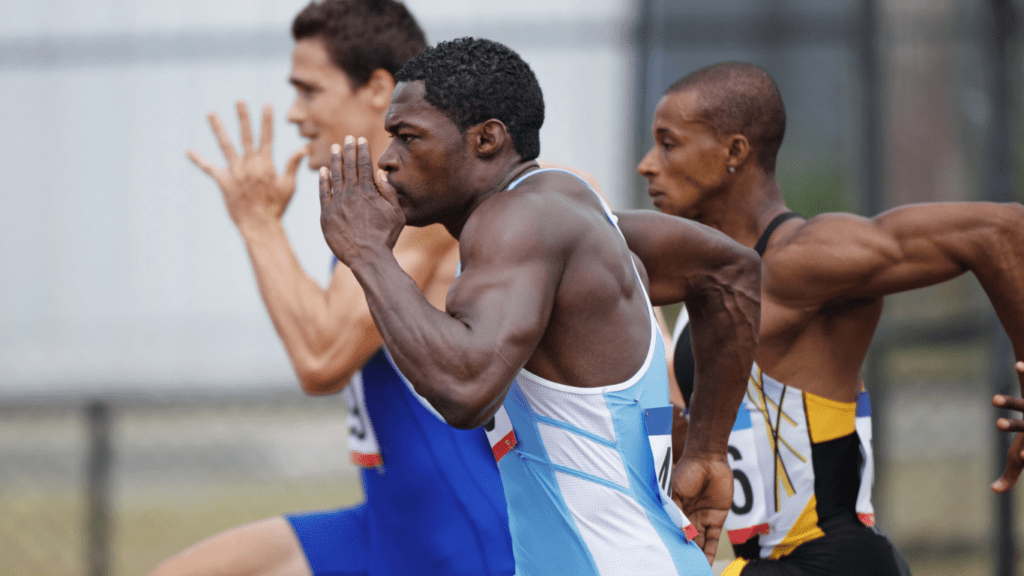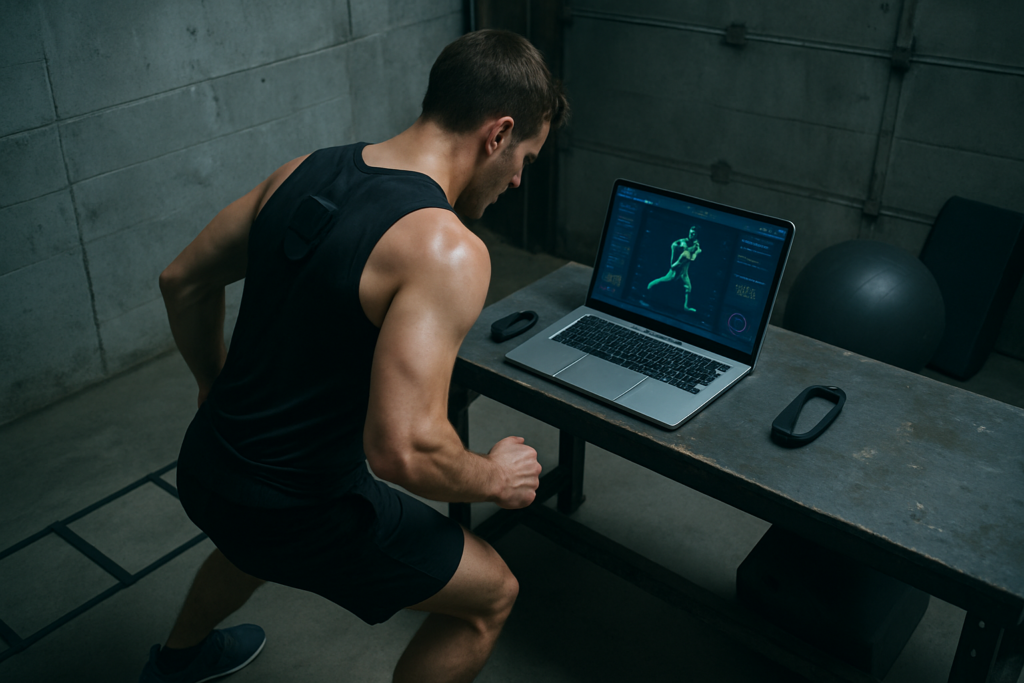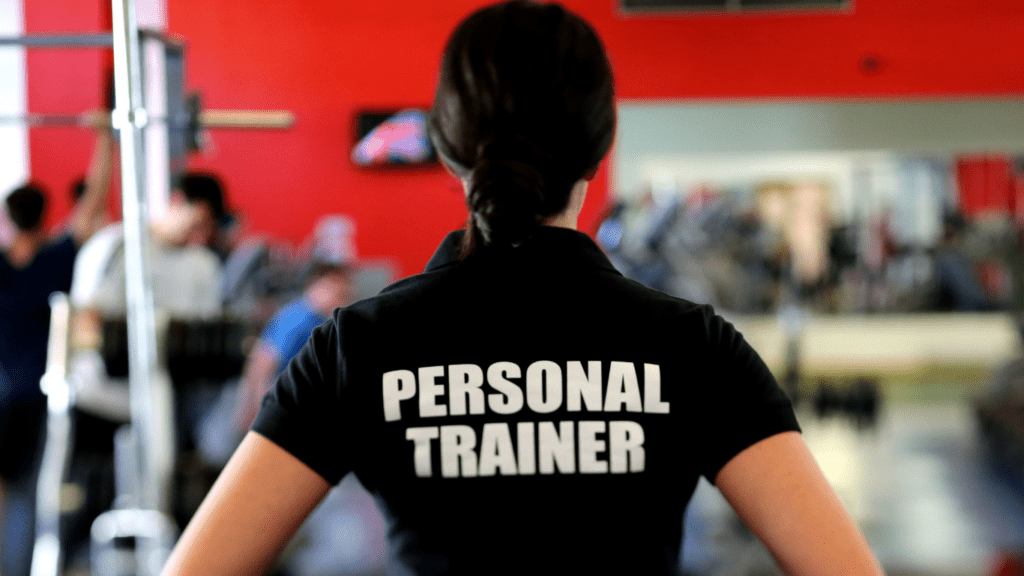As an athlete, I’ve always believed in pushing boundaries to achieve peak performance. With the rise of technology, artificial intelligence is transforming the way we train, offering insights and strategies that were once unimaginable.
AI-powered training programs analyze data in real-time, providing personalized feedback that helps athletes optimize their workouts and recovery. Imagine having a virtual coach that understands your unique strengths and weaknesses, guiding you through every step of your training journey.
This isn’t just a futuristic concept; it’s happening now. AI is revolutionizing athletic performance, making it more accessible and efficient for athletes at all levels. Join me as we explore how this cutting-edge technology is shaping the future of sports and what it means for aspiring champions.
Overview of AI-Powered Training
AI-powered training revolutionizes athletic performance by delivering precise data analytics and tailored feedback. AI technologies analyze performance metrics in real time, optimizing training sessions based on individual needs.
AI systems track factors such as heart rate, speed, and biomechanics, providing insights that enhance workout effectiveness. By identifying strengths and weaknesses, athletes can make informed adjustments to their regimes.
AI also assists in recovery management. It monitors fatigue levels and suggests appropriate recovery strategies, ensuring athletes stay in peak condition. Programs like WHOOP and Pear Sports exemplify AI’s role in enhancing recovery through personalized recommendations.
Teams utilize AI for strategic planning. Coaches analyze opponent data and athlete performance to develop game strategies. This data-driven approach leads to improved decision-making during competitions.
AI-powered training represents a significant leap forward in the athletic domain, merging technology with human potential for superior performance outcomes.
Benefits of AI in Athletic Performance
AI brings significant advantages to athletic performance by leveraging technology to enhance training and recovery processes. These benefits include improved data analysis and customized training programs.
Enhanced Data Analysis
AI specializes in processing vast amounts of data quickly and accurately. It analyzes metrics like heart rate, movement patterns, and fatigue levels, providing athletes with insights that were previously inaccessible.
Personalized Training Regimens
AI creates personalized training regimens tailored to individual athletes’ needs. By assessing various factors such as fitness level, injury history, and specific goals, AI generates programs that adapt as progress occurs.
Implementation of AI Technologies
AI technologies integrate seamlessly into athletic performance, utilizing cutting-edge innovations that enhance training and recovery. Two key components stand out: wearable devices and machine learning algorithms.
- Wearable Devices: Wearable devices play a crucial role in AI-powered training, providing real-time data that athletes can leverage. These devices track vital metrics like heart rate, speed, and movement patterns.
- Machine Learning Algorithms: Machine learning algorithms analyze the data collected from wearable devices, identifying trends and patterns in athletic performance. These advanced algorithms process large datasets quickly, helping coaches and athletes make informed training decisions.
Case Studies in AI-Powered Training
AI-powered training has gained traction through various success stories, showcasing its impact on athletic performance across different sports.
Success Stories from Professional Athletes
Athletes like Cristiano Ronaldo exemplify the benefits of AI in enhancing performance. Ronaldo employs AI-driven platforms for tailoring training regimens that monitor metrics such as heart rate and movement efficiency.
This data informs his workout adjustments, optimizing strength and endurance. Likewise, MLB players utilize systems like Blast Motion to analyze swing mechanics and improve batting performance through precise feedback on angle and speed.
Another standout case is the NBA’s Oklahoma City Thunder, which integrated AI solutions to analyze player performance during games. The team employs machine learning algorithms to assess in-game actions and generate actionable insights.
This analysis directly influences practice schedules and player development, enabling athletes to refine skills and enhance overall performance.
Impact on Team Sports
AI significantly affects team sports by revolutionizing strategies and gameplay assessments. For instance, soccer teams leverage AI to analyze opponent tactics, which helps coaches devise strategies that counteract specific weaknesses.
The German national team used such technology during the 2018 FIFA World Cup, resulting in tailored training sessions aimed at improving execution against predicted opponent strategies. Moreover, the NFL employs AI systems like Zebra Technologies to monitor player movements in real time.
This data reveals factors such as acceleration patterns and fatigue levels, informing coaching decisions. Coaches adjust practice intensity based on this information, ultimately increasing team performance while reducing injury risk.
AI’s integration into team sports illustrates its potential to enhance collective performance, setting a new standard for athletic training.
Challenges and Limitations
AI-powered training presents challenges and limitations that merit consideration as it continues to shape athletic performance.
Ethical Considerations
I recognize the ethical implications of AI in sports, particularly related to data privacy and consent. Athletes often share sensitive health and performance data with AI systems. Ensuring this data remains secure and used appropriately is paramount.
Additionally, relying too heavily on AI could create an imbalance, where technology overrides human intuition and traditional coaching methods. Accountability also becomes crucial as AI algorithms make decisions that can significantly impact an athlete’s career.
Accessibility Issues
I understand that accessibility remains a significant challenge in implementing AI-powered training. Not all athletes have equal access to AI technologies due to financial constraints or geographical limitations.
This disparity creates a divide between athletes who can leverage advanced AI tools and those who cannot. Furthermore, the effectiveness of AI solutions assumes a baseline level of technological literacy that not all athletes possess. Ensuring that AI remains accessible to all athletes, regardless of their background, is essential for equitable advancements in sports.




